COVID-19 Rehabilitation
Post-COVID Conditions do not only include breathing problems. After severe COVID-19, many patients also experience problems with concentration, memory or logical thinking. These symptoms make it difficult to return to normal functioning, to professional or domestic duties. They also contribute to increasing feelings of anxiety and nervousness, and impair mood. To overcome these problems, appropriate rehabilitation is essential.
Rehabilitation of patients using BLINK.PRO MED devices allows for the improvement of psychomotor abilities, eye-hand coordination and memory, which translates into an overall improvement in the function of the nervous system.
According to research, as many as 38% of COVID-19 recovered patients will require rehabilitation for attention, concentration and memory disorders.






